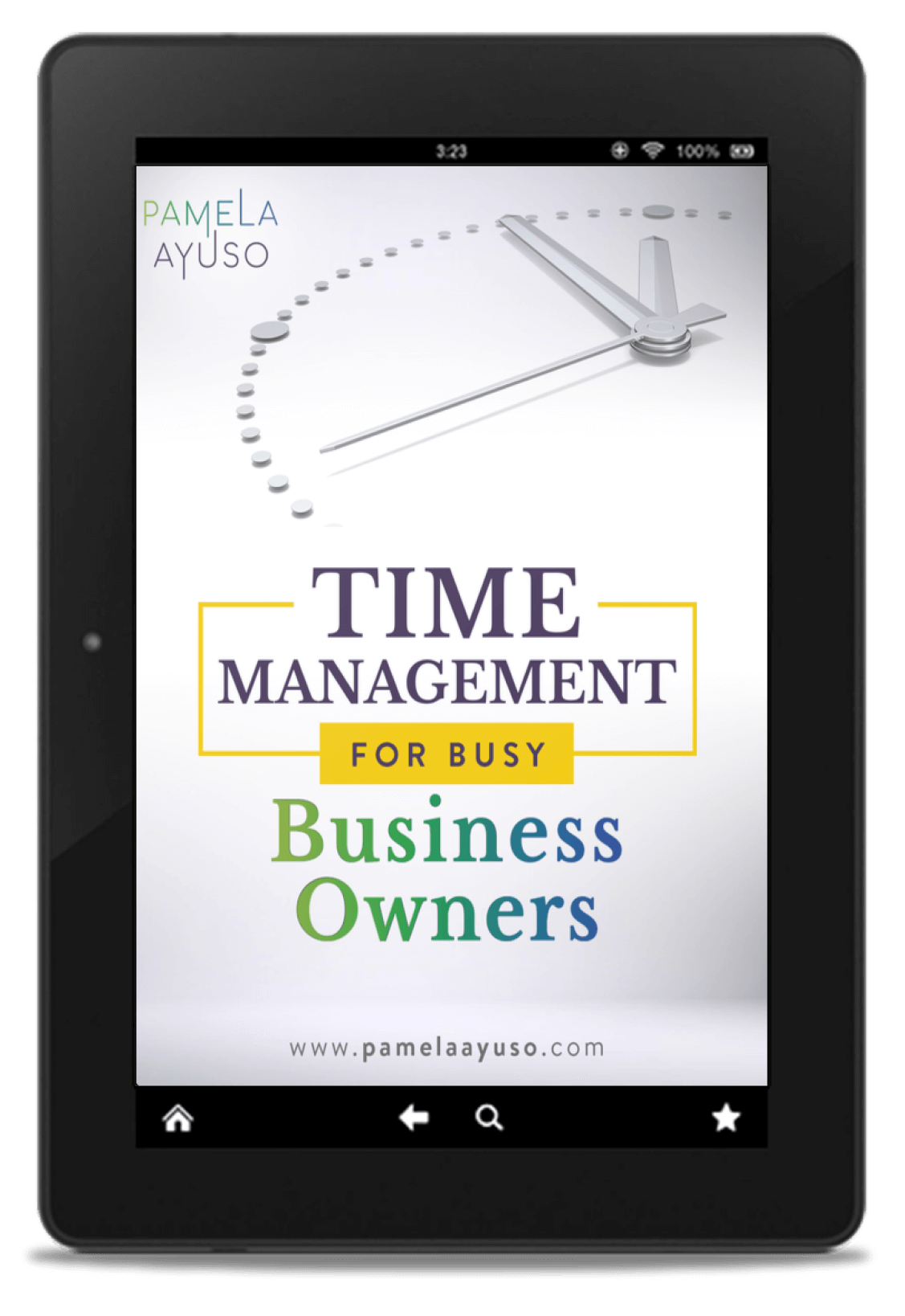If you are thinking about implementing processes at your company, the task of doing so can feel daunting. Additionally, getting the infrastructure off the ground is a lot of work, but it’s also a great investment of time and effort.
Processes are a group of tasks that are performed to obtain a desired objective within a company. Outlining the main processes and implementing them for you and your team will result in greater efficiency, adaptability, and peace of mind. In Part 1 of this post (Bring It All Together: How to Implement Processes in a Nutshell – Part 1), I outlined the initial steps for implementing processes at a firm. To review, they are:
1. Take the plunge, and decide to organize your business’s processes.
2. List the departments you lead.
3. Diagram the area you want to work on.
4. Create a diagram of the area as you’d like it to be.
The following steps will continue and also complete the cycle for successfully organizing and setting up processes at a firm.
![[Photo: Kenrick Mills/Unsplash]](https://www.pamelaayuso.com/wp-content/uploads/2021/01/kenrick-mills-728501-unsplash.jpg)
[Photo: Kenrick Mills/Unsplash]
5. Classify the processes
Once your diagram shows a broad sketch of the processes in their ideal configuration, you are now ready to identify and classify them. First, list the macro processes for the department you are working on, which is the larger context for each of the processes you will design. Each department has its main macro processes that describe each of its main transactions. In my company, Celaque, one of the overarching processes in our Sales department is “Administration.” Here we include everything related to paperwork, such as digitally filing sent proposals and signed contracts as well as updating any reports. All this work is grouped and performed at one time only to save time.
Then, list out the processes that fall under the macro processes. It is also helpful to classify them according to type (How to Organize Your Business by Types of Processes) – recurrent or sequential. This categorization will help define how each process will work daily.
From here, you would take the pieces in your above diagram and classify each of the actions. As an example, you might set up the administrative process for Sales so that the team performs all the administrative work one day a week. The idea is to group all these types of tasks so that they are better organized. This group would be considered a weekly recurrent process.
Recurrent processes are those that repeat after a fixed interval of time. Some other examples are payroll and issuing financial statements. For these tasks, you should consider the following questions:
-
Determine time interval: is it a daily, weekly, monthly, quarterly process?
-
What particular day should it start? If it’s a weekly process, should it occur on a Monday or a different day?
-
How does the process work with other processes? It’s worth it to look at what process is done before it and what is done after so that they are organized logically.
-
What other pieces work to make it a whole process? Sometimes, a recurrent process is made of various tasks that work together. Identify them.
-
Levels of review and how they interact: depending on the sensitivity of the item, consider having three levels of review. Focus on looking at how the levels work with each other and what days each person involved should execute their part (Get the Best Result Every Time with Multiple Levels of Review).
![[Photo: Mika/Unsplash]](https://www.pamelaayuso.com/wp-content/uploads/2021/01/mika-452667-unsplash.jpg)
[Photo: Mika/Unsplash]
Sequential processes are those that are triggered by a certain event. They are made of tasks that follow a checklist to ensure a result is delivered in the same consistent manner. An example of a sequential process is hiring a new employee: this is not something that happens weekly or monthly but rather as needed. Each time you must hire, though, a certain number of steps have to be taken.
The following are some things to take into account:
-
What event triggers the sequential process? Another example of this type of event could be a sale.
-
Once this set of actions starts, what is the order of the steps? What are the items in the checklist? For example, some of the steps that follow a sale may include documentation that is sent, contracts that are signed, approvals obtained, products that need to be prepared, and so on. These all need to be ordered chronologically.
-
Who is involved? How many levels of review? Take a look at who is responsible for executing each piece. If you decide to implement levels of review, make sure to add those as well.
6. Organize your processes
Before implementing, the processes you have listed should be laid out to see how they fit with one another along with the levels of review, if you have them.
For recurrent processes, you can get a monthly calendar and write out the recurrent tasks to see how they fit together.
-
Make sure to set up processes chronologically.
-
If there is more than one person for a particular area, look to ensure that their processes are coordinated so that the timings don’t conflict.
For sequential processes, set up all the steps in order. Make sure you are as thorough as possible so that they include all the descriptions necessary.
Also, be sure to standardize how you format your processes. At our company, we have a set code we use for each process, so it is more easily identifiable. We also make sure the description for each of the processes is the same throughout the company (Configuring Processes to Gain More Efficient Results).
7. Implement
You can use project management software to implement your processes if you don’t have the budget to purchase a business process management solution. At Celaque, we use Wrike, which is project management software. With Wrike, we can program our processes on the date they need to be worked on and assigned to the person who is responsible for them. Program your processes, and then train the people who will be executing them. Don’t worry about them being perfect, as there will always be errors and tasks that are incomplete. The most important thing is to start.
![[Photo: Dhruv Weaver/Unsplash]](https://www.pamelaayuso.com/wp-content/uploads/2021/01/dhruv-weaver-618958-unsplash.jpg)
[Photo: Dhruv Weaver/Unsplash]
8. Review and test
Once the processes are implemented, follow up closely. Get thorough feedback the first week and each of the subsequent weeks. Look for:
-
Incomplete processes
-
Duplicated items
-
Problems with timing
-
Misunderstandings based on vague explanations
9. Modify and polish
Modify as you go along and polish your processes until they shine like jewels. Keep enhancing them, as processes are ever-changing, and this phase should continue indefinitely. The good news is that once you have a good base, modifications arising from changes in procedure, personnel, or timing will be easy to execute. Your hard work will be rewarded with better quality as well as happier employees and customers.



